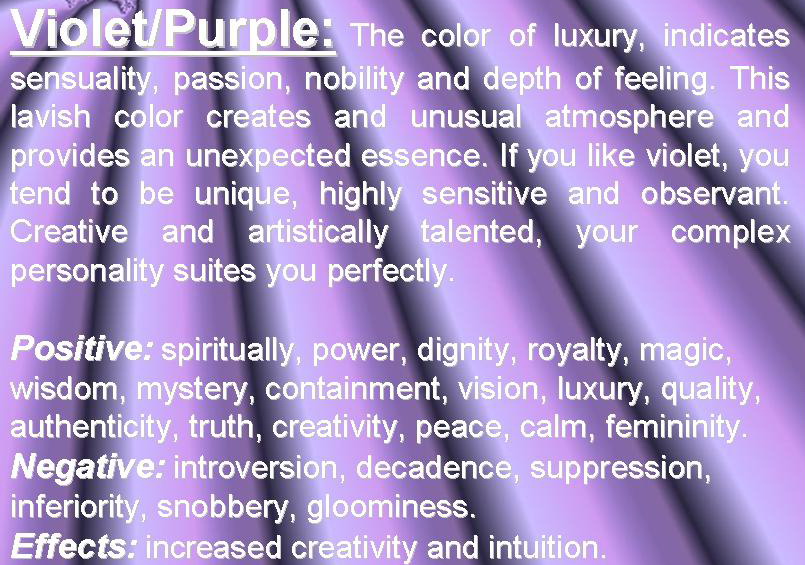

Celie tells Shug about her father's sexual abuse, and about Mr. Shug begins to sing at a bar Harpo has built behind his shack, after Sofia leaves him (she is tired of being beaten and ordered around by Harpo). Celie and Shug become friends and confidantes, and, later, lovers.

Celie has been fixated on Shug since seeing a picture of her, on a playbill, when Celie was a girl. They strike up their affair once more, with Celie's knowledge. _'s past, comes to town, sick, and stays with Mr. But when Celie sees how Harpo's attempts at beating have hurt both Harpo and Sofia, Celie apologizes to Sofia, and the two become friends. _ and Celie (at first) recommend that Harpo beat Sofia. Harpo becomes upset that he cannot get Sofia to obey him both Mr. _'s children, whom she considers "rotten" save for Harpo, the oldest, who marries a strong, hard-working woman named Sofia. Nettie promises Celie she will write to her from her new home, but these letters never arrive.Ĭelie takes care of Mr. Celie believed she recognized Olivia, when she saw her with Corrine in a shop. By coincidence, Samuel and Corrine have adopted Olivia and Adam, Celie's two children. _ still has designs on Nettie, and Nettie flees to town, staying with the Reverend Samuel and his wife Corrine, whom Celie once met, briefly. Nettie later escapes Pa and lives with Celie and Mr. _ needs someone to take care of them.Ĭelie marries Mr. _ believes Celie to be ugly, but eventually is convinced to marry her, because he has several children by his previous wife (who was murdered), and Mr. _ marry Celie, since she is older and a hard-worker. But Pa does not permit Nettie to marry Mr. _ because Celie fears her father ( Pa) will soon turn his sexual attentions toward Nettie. Celie encourages Nettie's marriage to Mr. Celie becomes pregnant twice, and each time her father gives away the children.Ī man named Mr.

In her first letters, she details how her father has been sexually abusing her. Provocative and personal, In Search of The Color Purple is a bold work from an important public intellectual, and captures Alice Walker’s seminal role in rethinking sexuality, intersectional feminism, and racial and gender politics.Celie, a young girl who lives with her abusive father, her sick mother, and her younger sister Nettie, begins writing letters to God. It continues to resonate with her-as a sexual violence survivor, as a teacher of the novel, and as an accomplished academic. Reading The Color Purple at age 15 was a groundbreaking experience for Tillet.

Through archival research and interviews with Walker, Oprah Winfrey, and Quincy Jones (among others), Tillet studies Walker’s life and how themes of violence emerged in her earlier work. It has been adapted for an Oscar-nominated film and a hit Broadway musical. The Color Purple received both praise and criticism upon publication, and the conversation it sparked around race and gender still continues today. Prominent academic and activist Salamishah Tillet combines cultural criticism, history, and memoir to explore Walker’s epistolary novel and shows how it has influenced and been informed by the zeitgeist. Published in the Reagan era amid a severe backlash to civil rights, the Jazz Age novel tells the story of racial and gender inequality through the life of a 14-year-old girl from Georgia who is haunted by domestic and sexual violence. Mixing cultural criticism, literary history, biography, and memoir, an exploration of Alice Walker’s critically acclaimed and controversial novel, The Color PurpleĪlice Walker made history in 1983 when she became the first black woman to win the Pulitzer Prize and the National Book Award for The Color Purple.


 0 kommentar(er)
0 kommentar(er)
